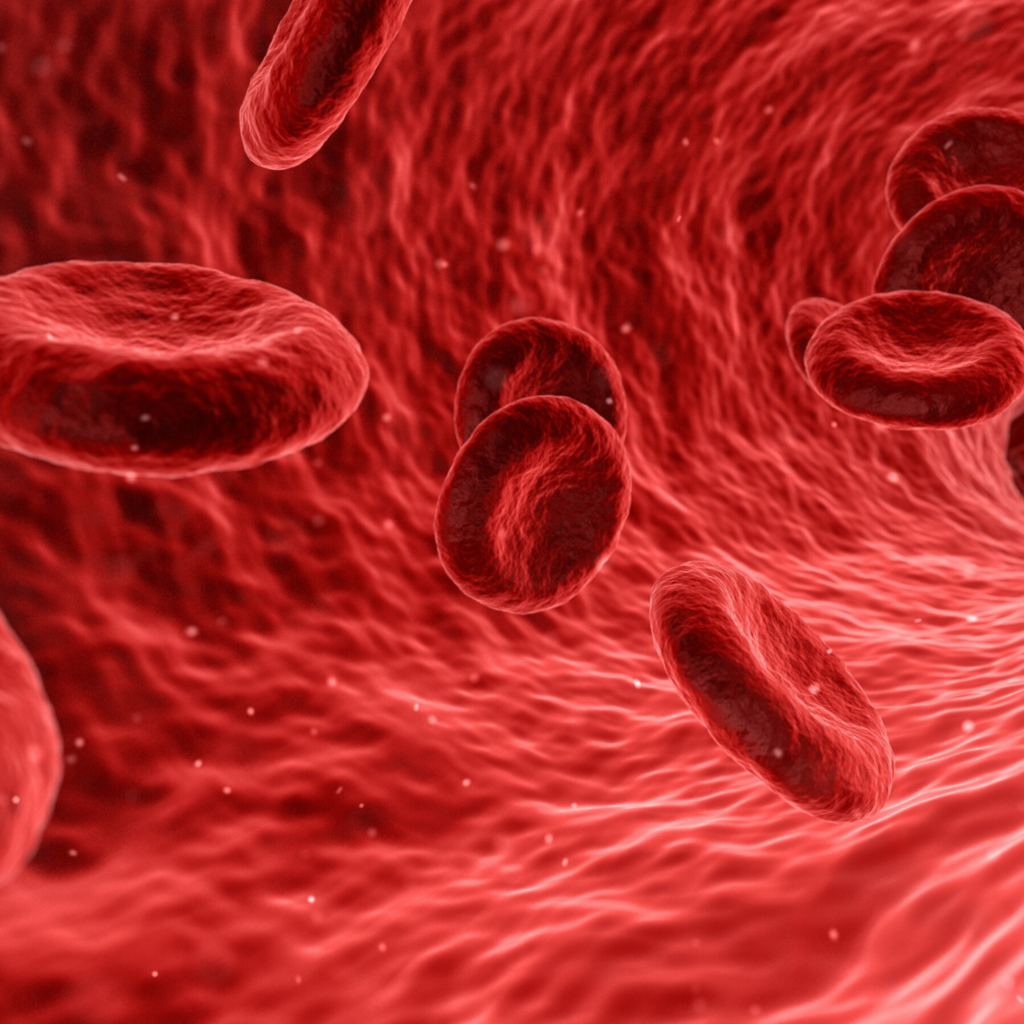
Anaemia is the most common nutritional deficiencies in the world.
Globally there are about 2 billion people with anaemia. The majority of those vulnerable to anaemia include children and women (and girls) between the ages of 15 -49 years.
In Nigeria, one of every two women may be anaemic. That is how bad it is.
So, how do you know if you have anaemia?
The simple and objective test for anaemia according to the World Health Organization is when you do a blood test to check your haemoglobin concentration level. If your haemoglobin concentration level is below 12g/dl, then you have anaemia.
| Population | Mild Anaemia (g/dl) | Moderate Anaemia (g/dl) | Severe Anaemia (g/dl) |
| Children 6-59 months | 10 – 10.9 | 7 -9.9 | Lower than 7 |
| Children 5-11 years | 11 -11.4 | 8 -10.9 | Lower than 8 |
| Children 12 -14 years | 11 – 11.9 | 8 – 10.9 | Lower than 8 |
| Women 15-49 years (non-pregnant) | 11 -11.9 | 8 -10.9 | Lower than 8 |
| Pregnant women | 10 – 10.9 | 7-9.9 | Lower than 7 |
How does Anaemia occur?
In the case of iron deficiency, when the iron in your food cannot meet the need for iron in your body, it can lead to anaemia. Iron needs are higher during infancy, adolescence and pregnancy.
Sometimes, you might be eating too many foods that prevent the absorption of iron in your body.
Iron deficiency also happens when you lose more iron more than you take in iron. This can be due to menstruation, blood loss during childbirth, malaria or worm infestations.
Also, having stomach ulcers, celiac diseases, and inflammatory bowel diseases can affect nutrient absorption in your body.
What happens?
First, you lose iron from your iron stores. Iron is stored in the liver. You cannot know this beforehand unless you do a ferritin level test. The second stage is that your iron stores become completely exhausted. At this stage, your haemoglobin concentration may still be okay. After this happens, the supply of iron becomes inadequate to produce red blood cells. This is when your haemoglobin concentration reduces. This is the point that someone has Anaemia.
What are the symptoms?
- Some of the general symptoms include
- Persistent loss of energy or fatigue
- dizziness
- Shortness of breath
- Heart palpitations
- Headache
- Lack of focus or difficulty in concentration
- Pale skin (eyelids, nail bed and tongue are pale too)
- Insomnia
- Soreness of mouth and tongue
- Brittle or spoon-shaped fingernails
People with Iron deficiency Anaemia may also experience a craving for non-food items or strange substances like ice, chalk, dirt. Some also experience cold hands and feet and anxiety.
If you experience very heavy menstrual periods, you are at risk of Iron deficiency Anaemia.
Note that while many women in developing countries may have low haemoglobin concentration levels, they appear to function normally. With chronic anaemia, they have adapted to low haemoglobin levels. Although their work level may have reduced, and they experience fatigue, they can carry out their normal activities even when severely anaemic.
Severe anaemia may lead to heart failure and death.
In a nutshell
Anaemia is the most common nutritional deficiency in the world. It can affect your health, productivity and quality of life and it can lead to death.
If you feel any of these symptoms, it would be a great idea to visit your doctor so that you can address it promptly. Anaemia is something that can affect your health as well as your quality of life. You need to live your best life, take charge.


